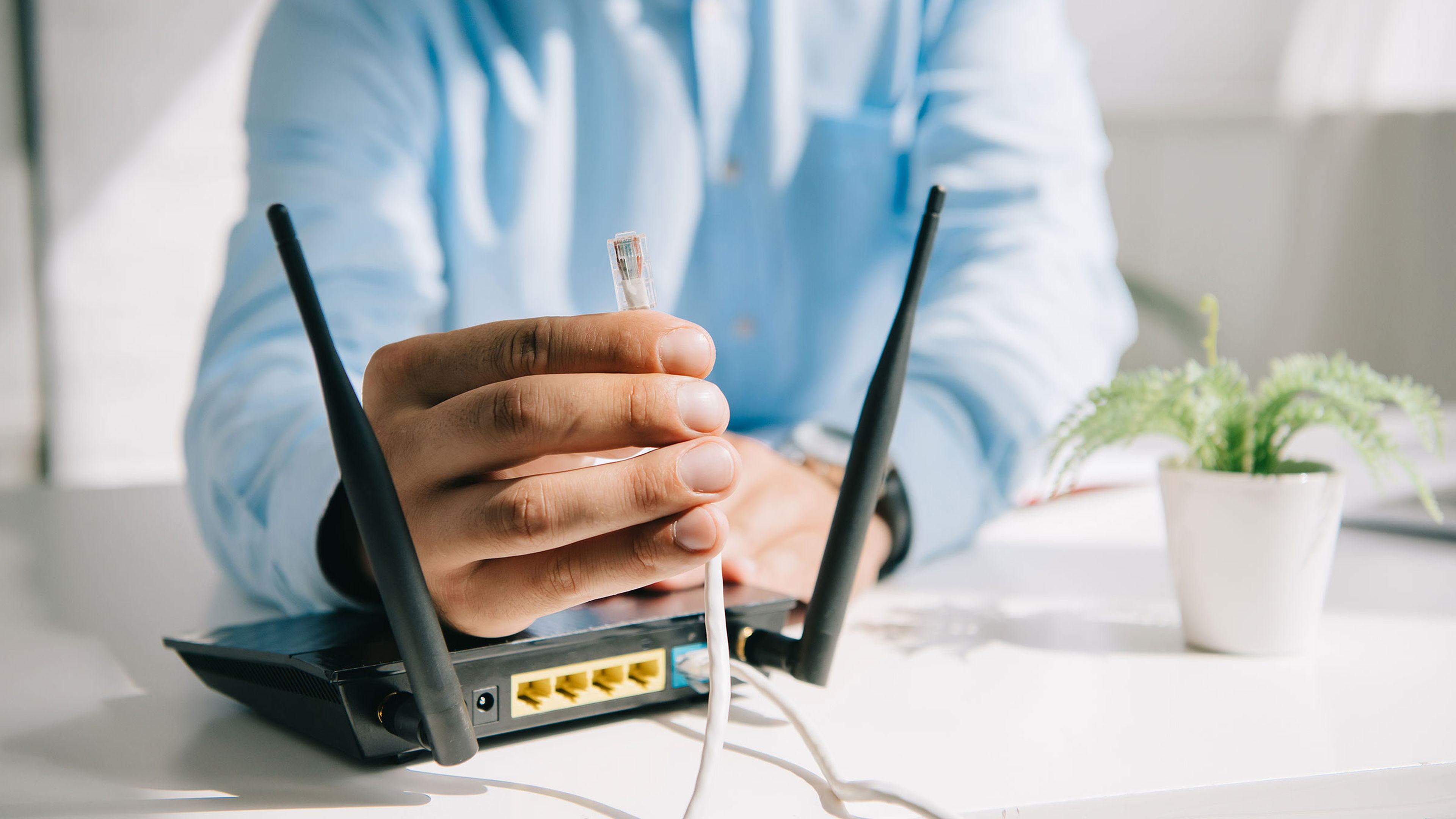[ad_1]
WiFi has become an essential in everyone’s daily life. It allows you to connect to the Internet, stream your favorite shows, and communicate with people around the world wirelessly.
For this reason, there is nothing more frustrating than a sudden connection drop Wifi, which can leave you halfway through watching a movie, unable to play with your friends or with the email to your boss halfway through. From frustrating to dangerous the issue of connecting to Internet.
There can be several reasons why the WiFi connection drops, and it is essential to know what is the cause of the problem in order to fix it. The first and most important thing is to make sure that the WiFi router is working properly, since a faulty router can cause frequent drops.
It is also possible that your Wi-Fi router You are missing an essential firmware update. Another common culprit for WiFi problems is interference from other devices. Several standard household appliances that you use on a daily basis can interfere with your WiFi signal.
Here’s how you can diagnose the cause of your WiFi problems and what you can do to fix them.
Making sure your WiFi router is working properly
The first thing to check is if the WiFi router receives enough power. If you suspect a power outage or faulty equipment, check to see if other devices are working properly. If all is well, you can move on to other possible solutions.
Most WiFi routers have several lights that indicate their status.. Typically, you’ll find a power light, a WiFi light, and other lights that indicate your Internet connection. Unlit lights could indicate a problem with your router.
Restarting the WiFi router is a simple and effective solution to many connectivity problems.. Unplug it for at least 30 seconds and plug it back in. After restarting the router, check if the WiFi connection has improved.
Another solution is to do a factory reset. This process erases all customizations and settings you’ve made. To reset the router, locate the reset button on the back and hold it down for 10 seconds.

Eliminate interference from other devices
Interference received from other devices is also a contributing factor to WiFi network problems. Appliances like microwaves or cordless phones can interfere with your signal, interrupting your Internet connection.
The position of your WiFi router can significantly affect its performance. If you have placed your router in a place close to other home devices, it may cause interference. Try relocating the router to another area of the house, preferably away from objects that might cause interference.
Also, make sure that you have placed it at a higher height and not hidden behind furniture or walls. If you’re having persistent WiFi issues due to interference, a possible solution is to switch to a mesh WiFi system.

Eliminate signal congestion from your WiFi network
Signal congestion can occur when there are too many devices simultaneously connected to your WiFi network. This issue can cause your network to slow down or drop frequently.
The first step in identifying which devices you should remove is to determine which devices you have connected to the network. You can access this information through your router settings. Most routers allow you to view a list of connected devices, including their IP and MAC addresses.
Prioritize devices that don’t require a fast Internet connection to go offline to improve the performance of your other devices.
Another way to eliminate signal congestion is Disconnect devices that are not being used. Unused laptops and tablets can continue to consume bandwidth, slowing down the WiFi speed of other devices.

Prevent unauthorized users from undermining network performance
Protecting your WiFi network is crucial to prevent unauthorized users from accessing it and affecting its performance. When you buy a new router, it comes with a default username and password that are easy to guess.
To prevent neighbors and others from using your network, you should change the router’s default password. Network experts recommend using a strong, unique password that guests cannot guess.
WPA2 is the most secure encryption method available for WiFi networks. To activate WPA2 encryption, go to your router’s settings and look for security options.
Some routers will have different methods of finding security settings, so be sure to consult any user manual materials that came with your equipment. Protecting your WiFi is not a luxury.
[ad_2]








Leave a Reply